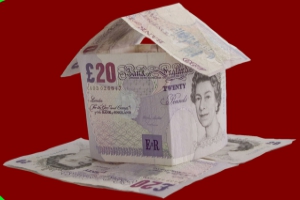The Summer Budget 2015 announced two changes that will affect buy-to-let landlords as there are concerns that the buy-to-let mortgage sector is overheating:
- The generous tax relief for finance costs (such as mortgage interest and interest on loans to purchase furniture) is being restricted to just basic rate tax relief. The restriction will be gradually phased in from 2017/18 to 2020/21 tax year.
- From April 2016, the 10% of rental income to cover “wear and tear allowance” ends and buy-to-let landlords will only be able to deduct actual costs on their tax return
Chancellor George Osborne said these changes were required to “level the playing field for homeowners and investors”. However, what’s ignored here is that buy-to-let investors are already subjected to both capital gains tax (on sale) and income tax (on rental incomes), but homeowners typically do not have to pay capital gains tax.
The risks of direct property investments (such as buy-to-let investing) have been well documented elsewhere, such as vacant properties, tenant nightmares, house prices falling (yes it does happen as the Financial Crisis and “Credit Crunch” showed in 2008!), maintenance of the property etc. These changes would likely make landlords pay more tax, and so the return on their money would be reduced. This has increased the risk of landlords not making a profit on their investment.
Landlords would be even worse off if they own a number of properties or if they are already a higher or additional rate tax payer. With talk of possible interest rate rises round the corner, it may be time to consider selling the investment and investing in an alternative investment that is more tax efficient. However, capital gains tax needs to be considered if this route is chosen.






